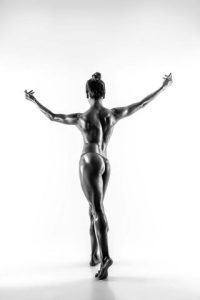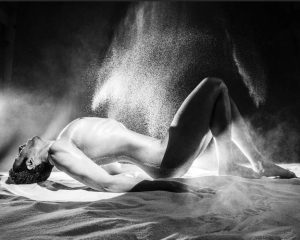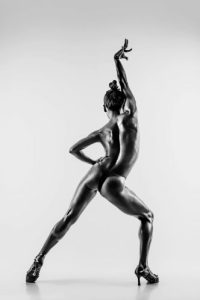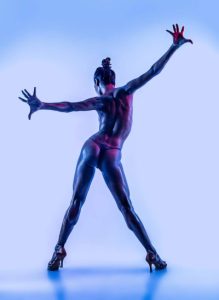TIMELESS FRAMES WITH NUDE BODIES
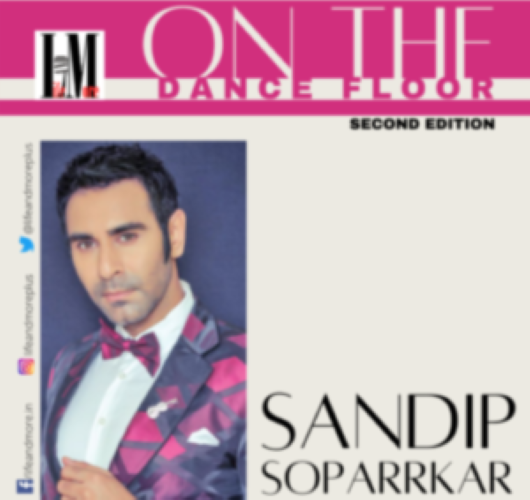
The human body in motion has long fascinated artists, photographers, and audiences alike. Dance, an art form that expresses emotions through movement, and nude photography, which captures the raw essence of the human form, share a deep, intrinsic connection. When combined, they create images that are both powerful and poetic—celebrating strength, vulnerability, and the sheer beauty of human expression.
A Legacy of Movement in Art
From the Renaissance to the modern era, artists have studied dancers’ movements to better understand the human anatomy. Leonardo da Vinci’s sketches of human musculature, Edgar Degas’ delicate ballerinas, and Eadweard Muybridge’s motion studies all reflect an obsession with capturing the fluidity of motion. The intersection of dance and nudity in photography is a continuation of this legacy, where the body itself becomes a canvas, telling stories beyond words.
Early photography often leaned towards the conservative, but as the medium evolved, artists began exploring the possibilities of form and motion without the restrictions of clothing. By stripping away costumes and distractions, photographers could highlight the essence of movement itself. Today, this genre has evolved into a celebrated form of visual storytelling, blurring the lines between dance, photography, and fine art.
The Philosophy Behind Nude Dance Photography
Why do dancers pose nude? The answer lies in the philosophy of uninhibited movement. Clothes restrict; they shape the body in unnatural ways, sometimes obscuring the very lines and energy that define a dancer’s art. Nude photography allows dancers to move with complete freedom, emphasizing every flexed muscle, elongated limb, and suspended moment.
More importantly, it exposes vulnerability. Dance is an act of emotional surrender—whether it’s the unrestrained passion of contemporary dance, the sharp discipline of ballet, or the primal intensity of modern movement. When combined with nudity, the effect is even more profound. The absence of costumes forces both the subject and the viewer to confront the raw, unfiltered truth of the human body, unshielded by artifice.
Iconic Figures and Their Impact
Several photographers and dancers have pioneered this unique artistic fusion. In the 20th century, Rudolf Nureyev, one of ballet’s greatest male dancers, posed nude in a series of photographs that broke societal norms and redefined masculinity in dance. Similarly, Martha Graham, the mother of modern dance, worked with photographers like Barbara Morgan to capture the stark beauty of movement in its purest form.
In contemporary times, photographers such as Howard Schatz and Lois Greenfield have embraced this style, using light, shadow, and movement to create almost surreal images. Dancers appear to float, their bodies bending and twisting in impossible ways, each muscle defined in exquisite detail. The use of nudity in their work is not about provocation but about celebrating form—an exploration of the body’s artistic potential.
I remember my nude photoshoot with American photographer which took him few months to convince me, the final results were extremely sensual.
The Ethics and Challenges of Nude Dance Photography
Despite its artistic intent, nude photography—especially involving dancers—remains controversial. The line between art and exploitation is thin, and ethical considerations must be at the forefront of any such project.
For dancers, trust in the photographer is paramount. They must feel safe, respected, and in control of how their bodies are portrayed. Many photographers collaborate closely with dancers, allowing them to be part of the creative process and ensuring that the images reflect their own artistic vision.
Additionally, cultural and societal perceptions play a role. In some parts of the world, nudity in art is still taboo, making it difficult for dancers and photographers to freely explore this genre without facing criticism or censorship. Social media platforms, which often have strict policies on nudity, also pose challenges for artists trying to share their work with a wider audience.
The Beauty of Light, Shadow, and Motion
One of the most fascinating aspects of nude dance photography is how light and shadow interact with the body. A dancer’s pose, combined with dramatic lighting, can transform a simple photograph into something almost sculptural. The interplay of shadows highlights the depth and contours of the body, much like a marble statue brought to life.
Some photographers choose to emphasize the blur of movement, using slow shutter speeds to create ghostly trails that capture the essence of dance rather than just a frozen moment. Others prefer crisp, high-contrast images where every tendon and sinew is visible, showcasing the physical power of the dancer.
Beyond the Visual: Emotional Storytelling
Ultimately, what makes these images so compelling is the emotion they convey. A nude dancer is not just a body in motion—it is a story in itself. Whether it’s a leap suspended in mid-air, a curled figure exuding quiet introspection, or an explosive release of energy, each photograph speaks of struggle, triumph, passion, and freedom.
For dancers, their bodies are their instruments, finely tuned to express every nuance of emotion. When captured in a photograph, that moment is frozen forever—a testament to their artistry and dedication.
The Art That Lives On
Dance and nude photography, when combined, create an art form that is both timeless and revolutionary. It challenges perceptions, celebrates the human body, and immortalizes the fleeting beauty of movement. In a world where dance is often ephemeral—existing only in the moment it is performed—these images serve as lasting reminders of the power, grace, and vulnerability that define the human experience.
As society continues to evolve, so too will this art form, pushing boundaries and inspiring new generations of dancers and photographers to explore the limitless possibilities of movement and form.
PHOTO CREDIT: Jhinuk Alvares, Koushik Podder and Sandip Soparrkar
Sandip Soparrkar holds a doctorate in world mythology folklore from Pacific University USA, an honorary doctorate in performing arts from the National American University, He is a World Book Record holder, a well-known Ballroom dancer and a Bollywood choreographer who has been honored with three National Excellence awards, one National Achievement Award and Dada Saheb Phalke award by the Government of India. He can be contacted on sandipsoparrkar06@gmail.com


